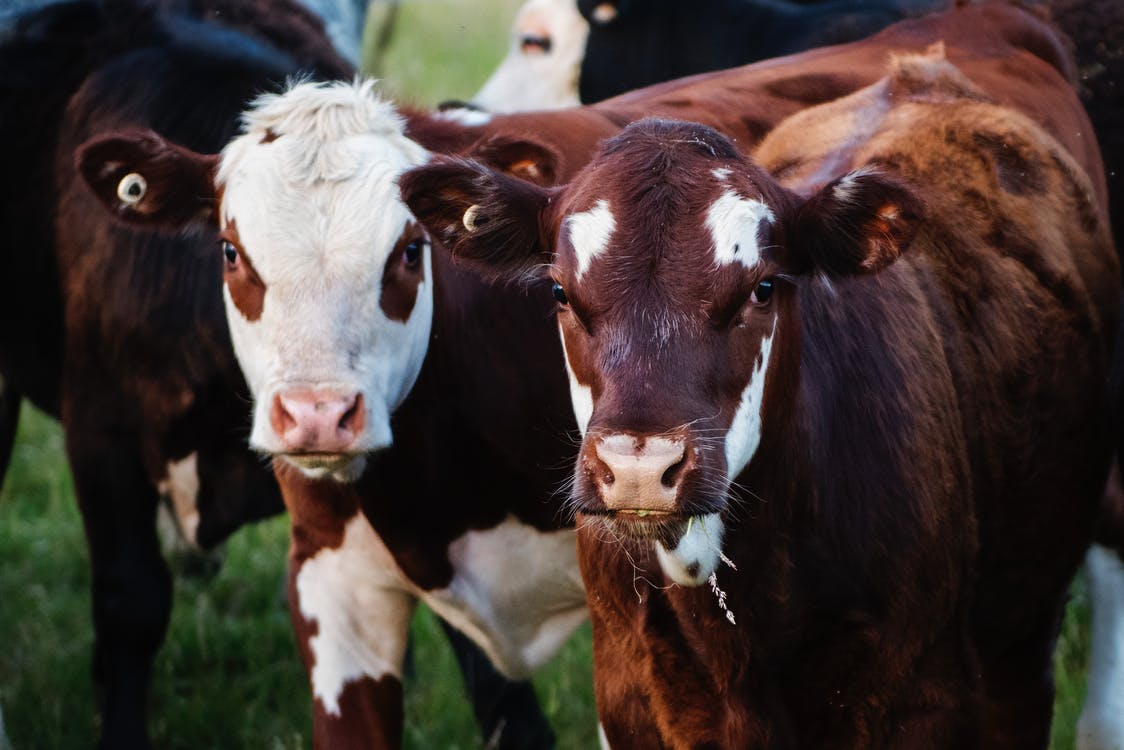Serious Business
This is not a sales blog. We do not have any interest in leveraging the death of some 2,000 animals for commercial gain. It is our hope that by the end of this article, existing GSatRancher customers will be interested in participating in a free opt-in program that will allow their data to be used anonymously in conjunction with other customers' data to solve an industry-wide problem that could cost all livestock owners billions of dollars in animal loss collectively over the next decade. We appreciate you reading this and joining us in this effort.
Weather Related Livestock Loss
Heat Stress Kills 2,000+ Cattle in Kansas
We recently read an article about the unfortunate heat stress related deaths of thousands of cows during a recent heat wave in Kansas. Weather events like this have historically been considered to be rare, but experts suggest they might become more common in the future. Livestock owners should be aware of the risk, and should also consider investigating the options available to mitigate the risk of animal loss related to climate disasters.
In addition to the heat wave, other events like prolonged droughts, uncharacteristic flooding, and unusually intense storms and tornadoes have recently made headlines throughout the great plains region of the United States. Whatever your stance on climate change, it is important to make plans for a future that is projected to see more weather-related risks to livestock operations, because at the end of the day, the only cows that earn money are the ones that are still standing on four legs.
Augmenting our Perspective
Industry thought leaders are currently researching the possibilities for adaptation and mitigation of these risks. This includes understanding the ways in which ecosystems respond naturally to changing weather patterns and natural disasters, particularly as it relates to water supply and water usage by wildlife, agriculture, and urban populations throughout the region. So far, the research goals include getting a better understanding of the effects of weather events on the Great Plains ecosystem, and also determining the potential effectiveness of various mitigation strategies.
Part of this research includes tracking farmers’ responses to disasters and drought, as well as the self-preservation methods of free-range livestock. This data will be the key to identifying the options available to farmers and ranchers who manage livestock, and the sooner it can be aggregated, processed, and converted to insights, the more time these researchers will have to test the effectiveness of adaptation and mitigation strategies.
Doing our Part
GSE has the unique opportunity to be a key aggregator of anonymized data related to the behaviors of range-grazing animals during enigmatic weather events over time. Because so many ranchers use the GSatRancher to track their cattle, GSE will have access to not only the location and movement history of hundreds of thousands of animals, but also the ability to identify herd behavioral patterns. Cross-referenced with weather APIs and other data sources, this data could potentially be used to produce insights about the ways in which animals naturally adapt to their environment in their effort to survive.
Because we have the ability, GSE will be creating an opt-in program for all GSatRancher customers to share their data anonymously with researchers. It is our hope that the data we collect can help our customers and the rest of the industry identify best practices for all forms of weather-related risks. To join other livestock owners in this program, please send us a message with the subject line "Research Program Data" or reach out to your GSE contact.



